Another day, another program….or, in the case of yesterday, two.
Yesterday’s announcement of a new ABS lending program and, perhaps more importantly, direct Fed purchases of GSE paper, has been taken as a significant step. MBS spreads have cratered, swap spreads have come in, and markets appear to have concluded that this represents the next step in the Fed’s quantitative easing (QE campaign.) After all, this program will take the Fed’s balance sheet to $3 trillion…20% the size of US GDP.
As a consequence, the dollar came under pressure against a broad range of currencies as markets concluded that Helicopter Ben is taking his chopper for a spin with a fistful of benjamins.
Macro Man remains dubious that this is the appropriate conclusion. His view is that the actions of both the Fed and the Treasury, however ineptly communicated (here’s lookin’ at you, Hank!) simply represent the principle of Ricardian equivalence at work.
The past few decades, but particularly the past few years, have seem enormousrise in private sector leverage….both through traditional lending and derivatives contracts. The past couple of years have seen the total face amount of outstanding derivatives contracts increase at a run rate of $150 trillion dollars per year, according to the BIS.
And guess what? The value of that stuff has gone down. Financial institutions and private sector actors have learned the hard way that assets may come and go, but debt lasts forever. UBS estimates that banks need to raise an additional $1 trillion in capital to offset the amount of forthcoming losses and writedowns.
At the end of 2007, Citigroup had more than $2 trillion of assets on their balance sheet. That number will be a lot lower by the time all is said and done. Not that US banks have a monopoly on absurd leverage, of course; at the end of last year Deutsche Bank had over €2 trillion of assets- that’s 80% of German GDP. Again, trends in that figure are only going one way moving forwards.
So in Macro Man’s view, any dollars “created” by the Fed to expand its balance sheet (and let’s not forget, they have yet to really crack out the printing presses by not sterilizing their asset purchases) will merely partially offset dollars lost through de-leveraging and the implosion of the shadow banking system, rather than finding their way into new the purchase of fresh turds.
The impact of these programs will, in Macro Man’s view, only submarine the dollar once the crisis is resolved and domestic demand begins growing organically again. That seems likely to be several years away, for there is another kind of Ricardian equivalence at work- the ballooning of the US budget deficit should be offset by a sustained rise in the US private sector savings rate.
For now, of course, Macro Man has to scratch his head at some of the pricing out there. US sovereign CDS have ballooned out…..
…and are now trading merely a dozen bps below BNP! Are you kidding me? The US government (a flawed beast, to be sure, but the owner of a printing press for the current world reserve currency) a similar credit to a French bank? Puh-leeeez……the phrase “SocGen, 2007 risk management house of the year” keeps coming to mind….
Elsewhere, the Chinese have declared that they mean business by cutting rates a whopping 108 bps today. The knee-jerk reaction was a predictable rally in risk assets, though perhaps sensibly they have since given back those gains. While Chinese policy easing may eventually have an impact, let’s not forget that a) credit is primarily allocated by executive diktat rather the interest rate mechanism b) these things work with a lag, and c) it’s generally easier to slow your economy down than it is to speed it up again.
Anecdotes are circulating of mass plant closures in Guangdong…something does seem to be rotten in the state of PRC. One interesting tidbit to observe is the collapse in sour-grade Asian crude oil; the Indonesian Duri crude is now trading under $30!!! That would suggest very little demand indeed from Asian-based consumers of distillates….such as….oh….China.
Macro Man is kind of surprised at the number of punters he speaks to who kind of fancy a late year squeeze. He will concede that such a rally, if it happens, will have little to do with fundamentals and will instead be driven by positioning and momentum jockeys.
Who has’t heard the stories of hedge funds and real money guys sitting on huge piles of cash in anticipation of year-end redemptions? And hey, with the Fed backstopping MBS and China doing its thing, surely the pain trade is stocks higher and underweights scrambling to cover?
Perhaps…..but then again, perhaps not. Macro Man’s futures positioning indicator shows the highest net hot money longs in two years. This has been driven largely a a raft of short-covering amongst futures specs, taking speculative shorts in the e-minis to their lowest levels since early last year.
So maybe there will be a squeeze….then again, maybe not. At current pricing and market conditions, Macro Man just cannot see how there’s a good trade there in either direction- so he’s flat. His methodology has served him well this year, and he has little intention of becoming another footnote when the history of today’s Ricardian equivalence is written.
Disclaimer: This page contains affiliate links. If you choose to make a purchase after clicking a link, we may receive a commission at no additional cost to you. Thank you for your support!

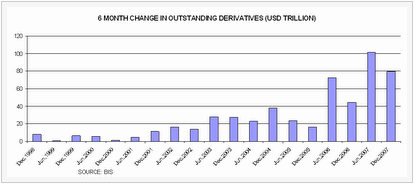
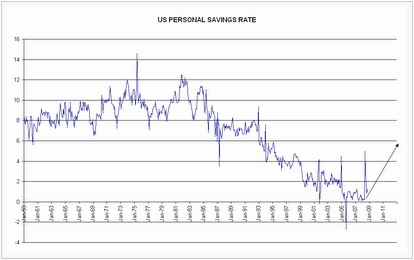
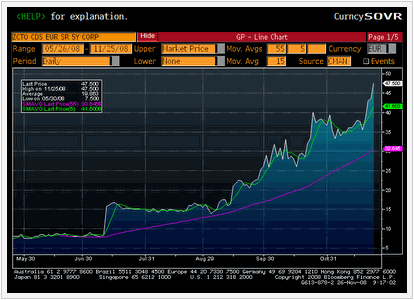
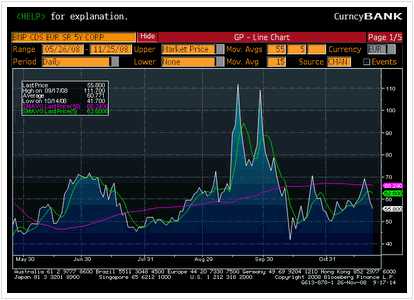
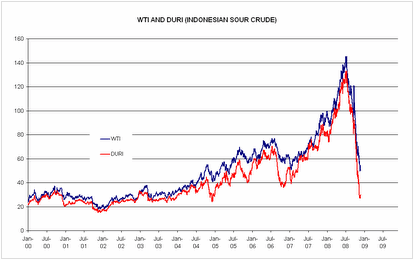
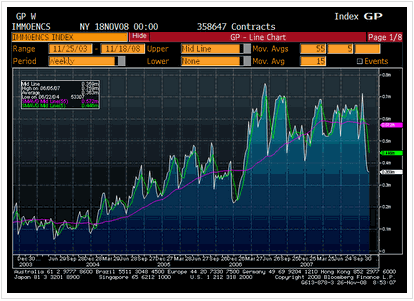

Leave a Reply